„It has already been said, that no small part of the present work refers to the nature and phenomena of glaciers. It may be well, therefore, before proceeding to details, to explain a little the state of our present knowledge respecting these great ice-masses, which are objects of a kind to interest even those who know them only from description, whilst those who have actually witnessed their wonderfully striking and grand characteristics can hardly need an inducement to enter into some inquiry respecting their nature and origin.“
James, D. Forbes (1900): Travels Through the Alps.
Today glaciers are studied worldwide and monitored as climate proxies, and the recent measurements show that almost all of them are retreating. The story about glaciers, their influence on the landscape and their possible use to reconstruct and monitor climate is an intriguing one, with many triumphs, setbacks and changes of mind.
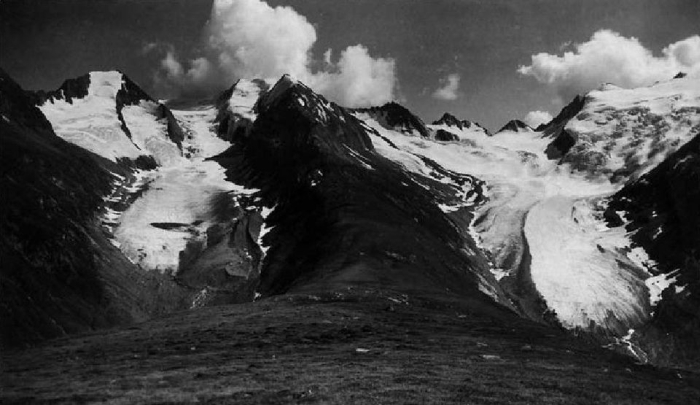
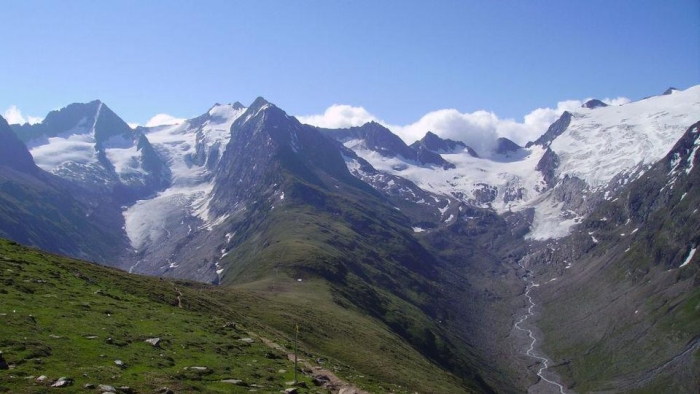
For centuries, if not even millennia, the high-altitude regions of mountain ranges were visited and traveled by man, however, they were also forbidding places. The glaciers, masses of ice enclosing peaks and extending their tongues into valleys, were considered haunted by mountain spirits.
Despite such myths, there were some early insights of what glaciers actually really are. Greek historian and geographer Strabo (63 BC – 23 AD) describes a voyage through the Alps:
„… there is no protection against the large quantities of snow falling, and that form the most superficial layers of a glacier … []. It’s a common knowledge that a glacier is composed
by many different layers lying horizontally, as the snow when falling and accumulating becomes hard and crystallizes … []“
However, this early knowledge got lost and was only rediscovered in the Renaissance. Between 1538 and 1548 glaciers were labeled (even if not depicted) with the term „Gletscher“ on topographic maps of Switzerland. The first historic depiction of a glacier is considered the watercolor-painting of the Vernagtferner in the Ötztaler Alps, dated to 1601. The Vernagtferner was a glacier that repeatedly dammed up the glacial lake Rofen, which outbursts caused heavy damage and loss of property, particularly in the years 1600, 1678, 1680, 1773, 1845, 1847 and 1848.
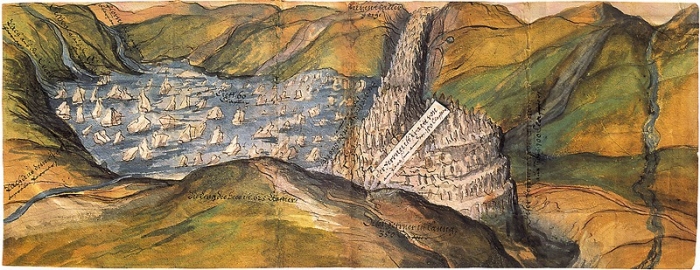
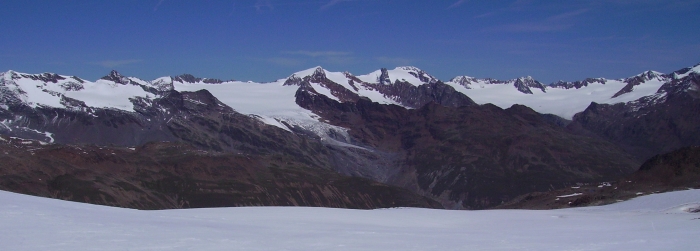
Swiss naturalist Johann Jakob Scheuchzer, visiting in the year 1705 the Rhône Glacier, published his observations of the „true nature of the springs of the river Rhône“ in the opus „Itinera per Helvetiae
Despite such problems, the idea of a flood as the explanation for „glacial“ deposits in Europe was largely accepted. Even famous 19th-century geologists like Charles Lyell and Charles Darwin assumed that huge erratic boulders were transported by ice-rafts. That glaciers could flow far out of their valleys was, however, not an impossible idea for local inhabitants, who observed and experienced the growth and retreat of glaciers.
In 1815 the Swiss chamois hunter Jean Pierre Perraudin discussed with the engineer Ignatz Venetz his theory of former glaciers covering the Val de Bagnes. Impressed by such an idea, Venetz mapped geological features that made him recognize that not only the studied valley was once covered by ice, but the entire Swiss Alps.
„I think that you should concentrate your moral and also your pecuniary strength upon this beautiful work on fossil fishes … In accepting considerable sums from England, you have, so to speak, contracted obligations to be met only by completing a work which will be at once a monument to your own glory and a landmark in the history of science … [] … No more ice, not much of echinoderms, plenty of fish …“
German geographer Alexander von Humboldt in a letter to Agassiz.
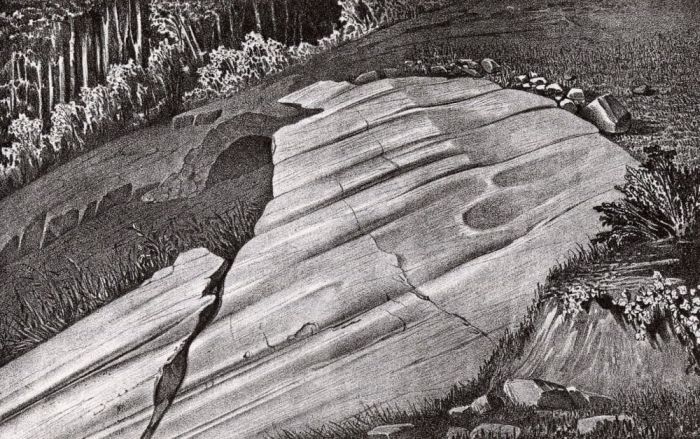
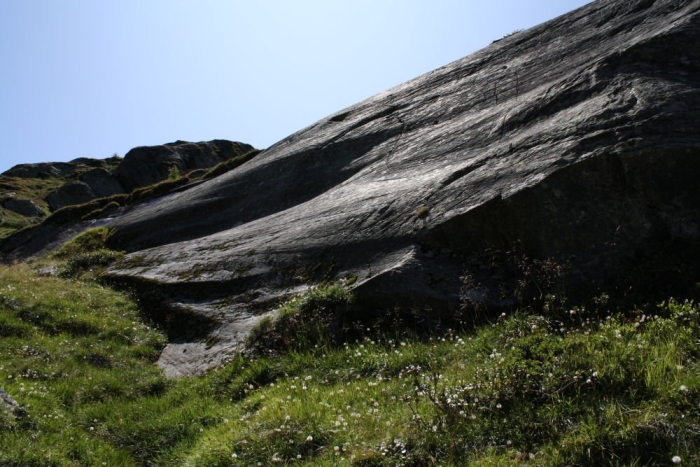
However, Agassiz didn’t surrender to criticism so easily and decided to use his good connections to the most important geologists of his time to popularize the ice-age theory. Agassiz’s research on the Unteraar-glacier in Switzerland established the foundations of glaciology; he recorded the dimension of the glacier, its velocity and even ventured inside the glacier by passing through a glacial mill. Soon after, the measurements methods introduced by Agassiz were carried out on various glaciers of the Alps and repeated nearly every year. The historical records showed various fluctuations, but since 1850 the glaciers in the Alps are quickly retreating. Especially in the last decades, the vanishing glaciers are a cause of concern, as they are unequivocal signs of a warming climate.
Literatur:
- KRÜGER, T. (2008): Die Entdeckung der Eiszeiten – Internationale Rezeption und Konsequenzen für das Verständnis der Klimageschichte. Wirtschafts-, Sozial- und Umweltgeschichte Bd., Schwabe Verlag: 619